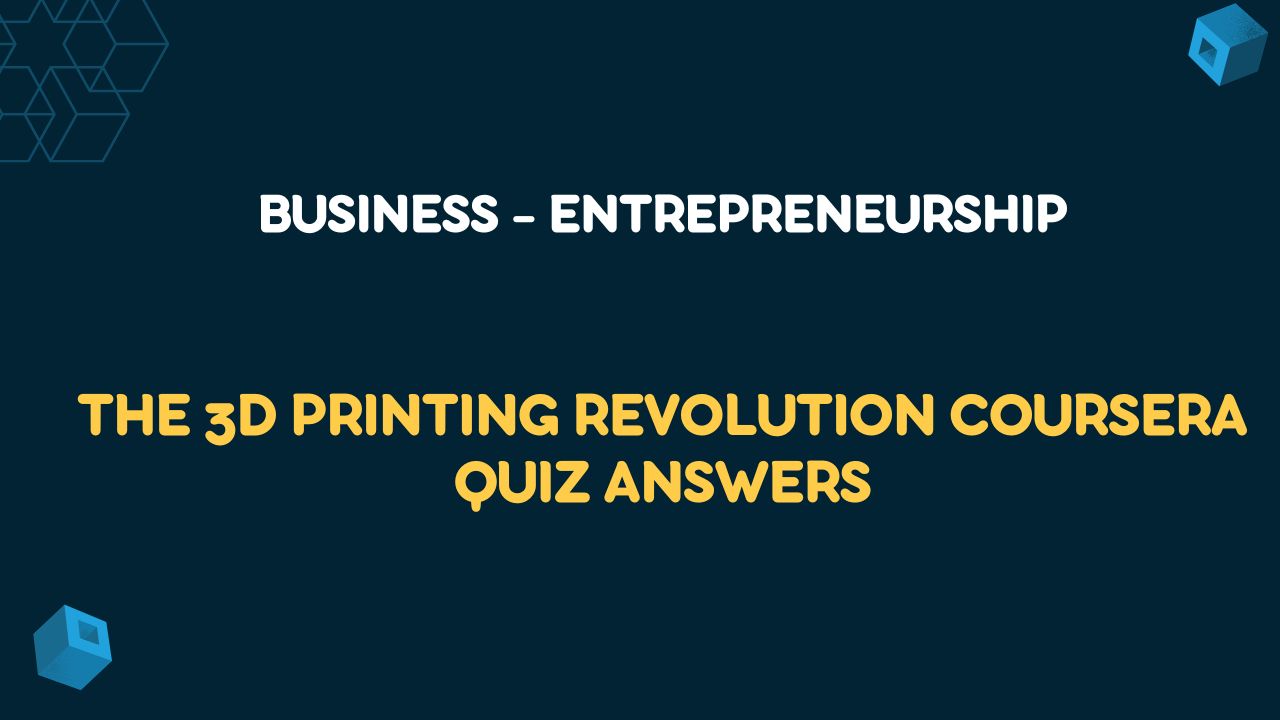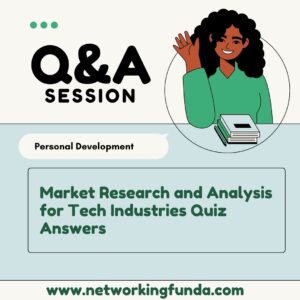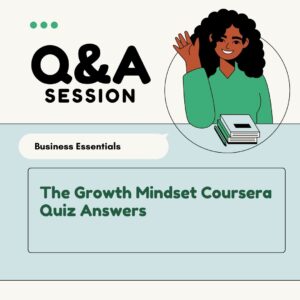Table of Contents
Get All Weeks The 3D Printing Revolution Coursera Quiz Answers
Week 01: The 3D Printing Revolution Coursera Quiz Answers
Quiz 02: Module 1 Practice Quiz
Q1. What happened a few years ago that helped a number of new firms enter the 3D printing industry?
Q2. Which adjective describes what 3D printing’s manufacturing process is like?
ViewQ3. Considering the current costs of 3D printers, which of the following 3D printing technologies is most expensive?
ViewQ4. At which website can you download design files for free?
ViewQ5. Using the 3D printing typology, “solutions” can be described as:
ViewQuiz 03: Module 1 Quiz
Q1. In the development of 3D printing, which of the following contributions did Chuck Hull make?
View2.All of the above.
3.Invented 3D Printing.
4.Created the dominant file format (stl file) for 3D printing.
Q2. Which of the following 3D printing technologies is most common at the desktop level?
ViewQ3. What is one of the limitations of both ABS and PLA?
ViewQ4. Which of the following is NOT a way to obtain digital design files for 3D printing?
ViewQ5. Where might you be able to find 3D printers to help you with your work?
ViewQ6. Currently, with the use of 3D printing, many firms are not only __________ objects but also __________ them.
ViewQ7. For the Thingiverse typology below, which of the following choices belong in the oval?
2.replacements
Q8. Fused deposition modeling (FDM) is a specific form of which of the following types of 3D printing processes?
ViewQ9. According to Chris Meyer, what is one of the disadvantages of 3D printing?
ViewQ10. According to Aaron Roy, 3D printers lack which of the following?
ViewWeek 02: The 3D Printing Revolution Coursera Quiz Answers
Quiz 01: Module 2 Practice Quiz
Q1. Which of the following characteristics of 3D printing does NOT demonstrate sustainability?
ViewQ2. How does 3D printing help small startups compete with large corporations?
ViewQ3. How does 3D printing change the role of consumers?
ViewQ4. Which of the following is NOT important for someone interested in making their own objects with a 3D printer?
ViewQ5. When did the 3D printing industry begin to explode?
ViewQuiz 02: Module 2 Quiz
Q1. Which of the following are special features of 3D printing? Select all answers that are true.
View2.sustainability
Q2. In contrast to traditional manufacturing techniques, one advantage of 3D printing is that __________.
ViewQ3. The 3D printing revolution is similar to the digital music revolution in which of the following ways?
View2.Objects can be downloaded rather than physically shipped.
3.Objects can be easily modified and remixed.
4.All of the above
Q4. As discussed in the video lectures, 3D printing technology has the potential to lead to which of the following? Select the TWO answers that are correct.
View2.Customers are now creators.
Q5. In the future, which of the following objects may be 3D printed?
ViewQ6. Which project is Google currently working on?
ViewQ7. Which of the following objects was 3D printed on the International Space Station?
ViewQ8. 3D printing can reduce manufacturing costs by:
ViewQ9. Normal uses 3D printing to make customized:
ViewQ10. According to Hod Lipson, 3D printing is currently:
ViewConclusion:
In conclusion, we hope our 3D Printing Revolution Coursera Quiz Answers video has been an invaluable resource on your learning journey. 3D printing is at the forefront of innovation, and understanding its principles is essential in today’s ever-evolving world. Click here to learn about popular 3D Printing Software.
Get All Course Quiz Answers of 3D Printing and Additive Manufacturing Specialization
3D Printing Applications Coursera Quiz Answers
3D Printing Software Coursera Quiz Answers
3D Printing Hardware Coursera Quiz Answers





